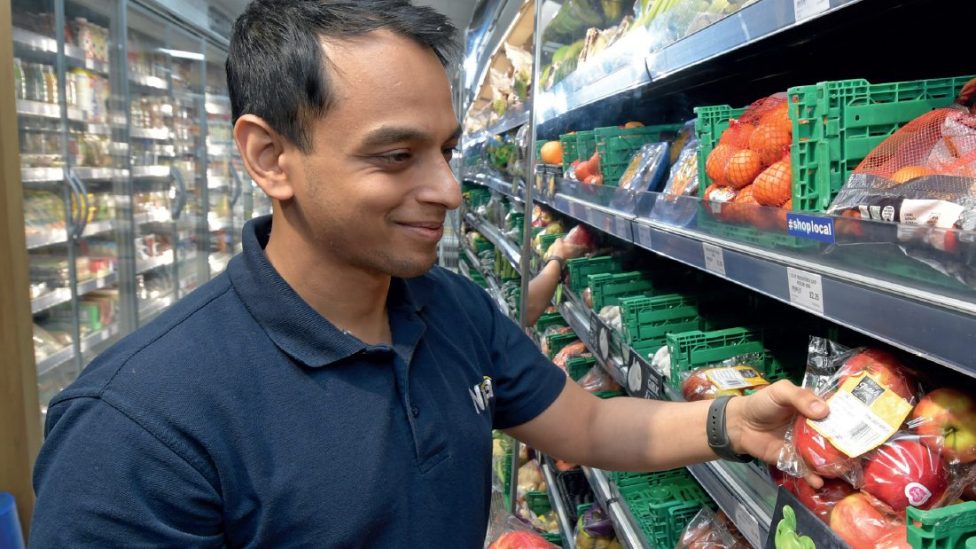For more than 12 months, retailers and consumers alike have been seeing the prices of food and other staples soar as inflation has hit its highest rate for more than three decades.
For store owners who pride themselves on offering great prices, this economic backdrop has proved particularly challenging.
“Only last year, a price-marked packet of Maryland Cookies was 99p – and had been for a long time,” says Jeet Bansi, of Londis Meon Vale in Stratford-upon-Avon. “That initially crept up to £1.09 and is now £1.29, and that kind of increase is happening all over our store.”
And Bansi isn’t alone in experiencing this dramatic uplift in prices.
“We recently did a big order of groceries – products such as cornflour and sugar that don’t sell through as fast as other categories – and there was a 6-7% increase in price just on the month previously,” says Sarj Patel, of Pasture Lane Stores in Sutton Bonington, Leicestershire.
While price increases undoubtedly provide a challenge – both for stores and their customers – independent retailers say that customers are somewhat prepared by the increases they’re already experiencing on their weekly shop.
“Our customers are going to the supermarket and seeing the prices rise there, too,” says Patel.
“They understand why our prices are going up and they know it’s not us doing it because we want to.”
Nonetheless, there is a skill to managing price rises – and, ultimately, responding to an inflationary economy – without alienating customers and retaining your reputation for offering value.
This week, Better Retailing speaks to retailers who think they have worked out how, and how they’ve implemented it in store.



Comments
This article doesn't have any comments yet, be the first!